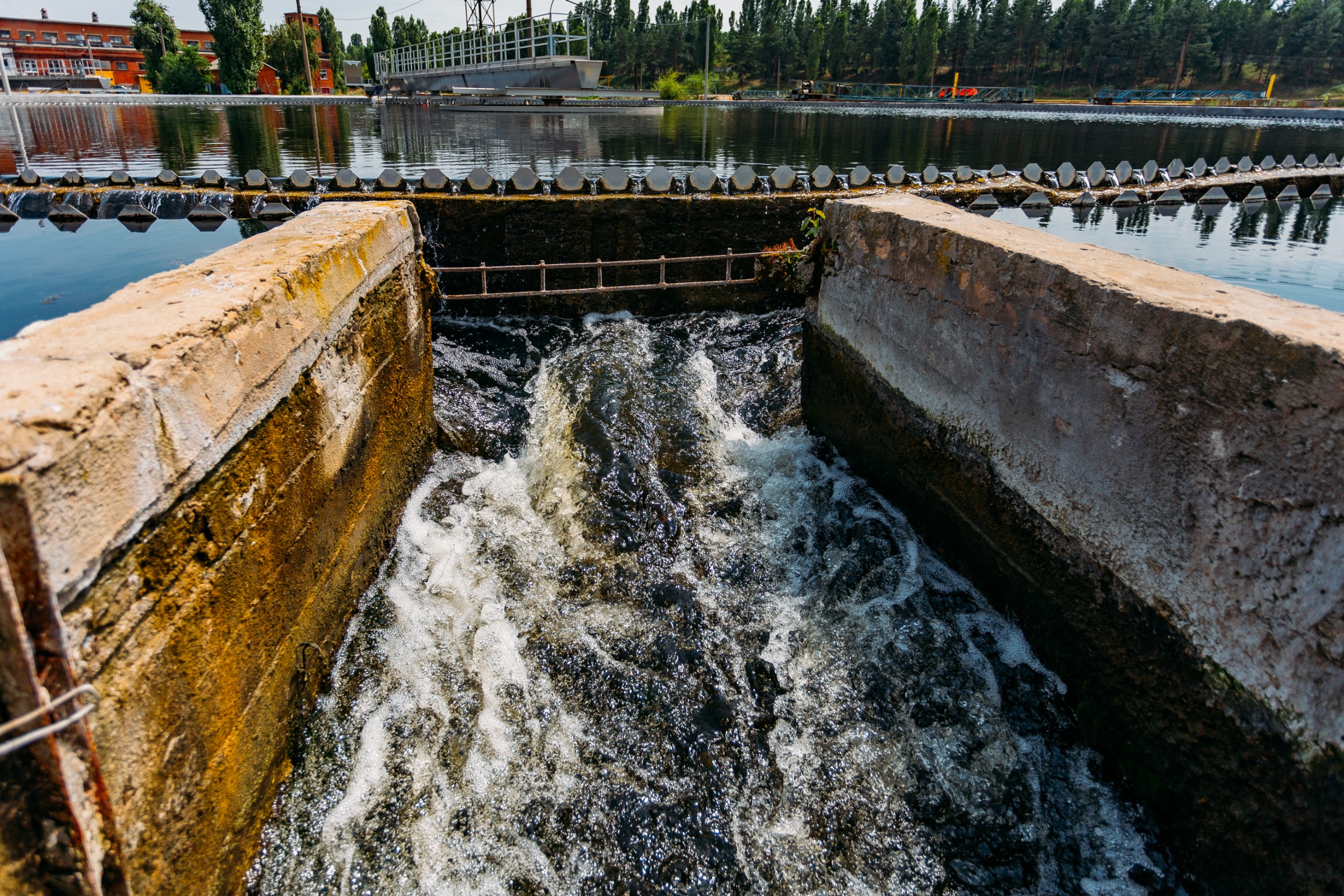
Water treatment plants play a key role in our day-to-day life. They are responsible for purifying the water we drink and making it suitable to irrigate crops and run factories. Naturally, these treatment plants are subject to significant quality and efficiency standards, standards that are about to change.
In the coming years, new directives and strategies promoted by the European Union will change the concept of water treatment and purification. These changes will serve to increase control over the presence of pollutants, increase the use of by-products, and enhance energy efficiency.
This new wave of legislation, which updates the regulations in force in recent decades, involves significant public investments. For companies like Cadagua, this means new challenges and opportunities.
A new directive for agricultural water
The first of the directives contributing to the renewal of water reuse plants has already entered into force. This is Regulation 2020/741 of the European Parliament and Council, which aims to update the minimum requirements for water reuse in the agricultural sector.
Wastewater, which has been affected by human activity, passes through wastewater treatment plants (WWTP) to be subjected to different processes that clean and decontaminate it. Some of these plants perform an additional treatment, the so-called tertiary treatment, which allows the water to be reused, for example, to irrigate crops. And that is where this new directive comes into play, establishing four different qualities depending on the type of crop for which the water is to be used.
The standard is most demanding in relation to the elimination of pathogenic microorganisms, requiring risk analysis of the entire water cycle and increasing control systems. To achieve this, it is necessary to implement and combine effective technologies such as ultrafiltration, ultraviolet light, and ozone-based solutions.
This new regulation has many implications for Spain. It is not for nothing that it is the country in Europe that reuses the most water in agriculture. Of the 5,000 cubic hectometers of water that we treat each year, some 530 (11%) are used in agriculture. The percentage increases in autonomous communities such as Murcia, where more than 90% of wastewater is reused in agriculture.
However, in other areas where large amounts of water are treated (such as the metropolitan areas of cities like Madrid or Barcelona, for example), the need for irrigation is much lower, so it is not used for this purpose. At the state level, there is a broad margin for improvement. However, it should be noted that even if we were to reuse 100% of the wastewater in agriculture, this would only satisfy 31% of the total irrigation demand in Spain.
Second objective: improving drinking water
Another of the new directives that will transform water treatment plants came into force in January 2023. This is Royal Decree 3/2023, which establishes new criteria for water intended for our consumption. That is, for drinking water.
This new directive affects the control and types of treatment carried out in water treatment plants (DWTP). It incorporates requirements to control and reduce perfluorinated compounds, for example, emerging contaminants known as forever chemicals. This name gives us many clues about their characteristics: while they are very useful for many applications because they repel water, oil and dirt, they are so resistant that they do not degrade. They have become ubiquitous throughout the world and are even found in the snow on the summit of Everest. Other contaminants such as Haloacetic Acids, Bisphenol, nonylphenol.a or β-estradiol are also incorporated.
These compounds are endocrine disruptors, carcinogenic and bioaccumulative, so the new standard requires their analysis and monitoring and, where necessary, the implementation of innovative technologies capable of eliminating them from water. New methods of analysis are particularly important in this process: we are able to detect extremely low concentrations of contaminants, allowing us to set targets to eliminate them. Although they are known as emerging pollutants, they have been with us for many years. The main difference is that we can now detect them more easily and precisely.

Another future for wastewater
In 2024, the European Union is expected to give the green light to another directive that will force the transformation of WWTPs, this time focusing on wastewater discharged into the environment. This will replace the current Directive 91/271/EEC, which has been in force for more than three decades, and will be a small time bomb for relevant authorities and governments.
The reason is that this regulation is much more demanding in relation to nutrient limits and even incorporates the obligation to eliminate micropollutants in some cases. Currently, for example, wastewater from treatment plants that is discharged into the environment contains between 10 and 15 milligrams of nitrogen per liter. The new standard establishes a maximum of eight milligrams.
This directive establishes different rules and limits depending on the size of the treatment plants and the discharge areas. Those that discharge in sensitive areas, for example, will have to incorporate so-called quaternary treatments to eliminate pharmaceuticals, pesticides, hormones, additives, antibiotics and microplastics.
In addition, this directive establishes an obligation to collect and treat wastewater from towns with more than 1,000 inhabitants. Until now, towns with less than 2,000 inhabitants and without their own sewage and wastewater treatment systems could opt for other solutions, such as septic tanks. In the coming years, many small municipalities will have to set up sewerage and wastewater treatment facilities. In some areas of Extremadura, for example, we are talking about hundreds and hundreds of villages.
On the other hand, this directive obliges member countries to achieve energy neutrality, which means that wastewater treatment plants will have to invest heavily in cogeneration, renewable energies, solar panels, and energy optimization. This poses numerous challenges and a paradox: new regulations entail the use of new technologies that entail more expenditure, more investment, and more consumption. In turn, they demand that they be energy efficient. Finding a balance is complicated.
A fourth guideline for sludge reuse
The fourth of the regulations is still under development. It aims to establish how the sludge generated in wastewater treatment plants is managed. Each year, endless tons of sludge are generated that could be used differently, such as in agriculture, incineration, landfill… The current Directive dates from 1986 and only limits the heavy metal content for agricultural use. And while it is true that each autonomous community and country has been generating its own regulations in this regard, it is necessary to establish new common requirements aligned with modern environmental objectives.
The changes brought about by these new directives will significantly change the water treatment plant sector in the coming years. For users, they will bring a number of advantages linked to improved water quality. For the governments and authorities, they will entail a great investment. And, for technicians in the sector, they will involve numerous challenges as well as opportunities. Everything seems to indicate that, in the coming years, new technologies, ideas, and solutions will emerge that may determine the future of water.





There are no comments yet